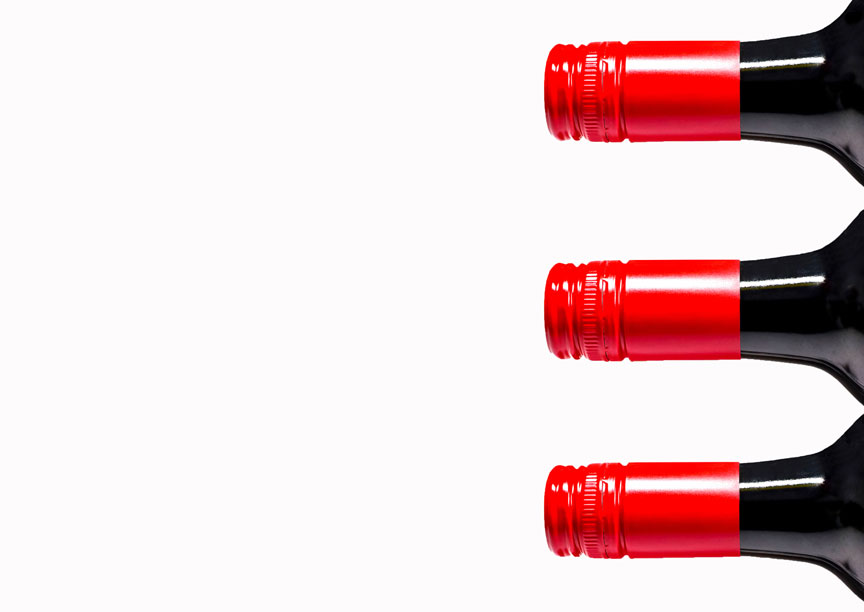
Scourge of the screw cap
By Bob Wesley
The prevalence of screw-topped wines these days is remarkable, contrary to the dismissive backlash against them just 20 years ago that suggested they would falter, fade, and exit the oenological stage faster than this list of one-hit wonders:
Taco: “Puttin’ on the Ritz”
Thomas Dolby: “She Blinded Me with Science”
And Lipps, Inc.: “Funkytown”
Why did the general public heap such scorn upon the Stelvin cap closure but place songs like these high up on the Billboard charts?
Musically, we’ll never know, as the tunes above stand alone in the aural wasteland that is Top 40 radio. They should be enshrined in the Milli Vanilli Wing of the Tinnitus Hall of Fame.
With regard to wine, pretty simply, ’twas snobbery…
Consumers have long associated screw caps with gutter wines, those imbibed under the cover of a brown paper bag beneath a street light in a shabby part of town. Brands like Night Train, MD 20/20, and Thunderbird are notorious for their high octane and low price, and were the 40-ouncers of their day.
For decades, this image of lowlife, pop-top swill burrowed itself into the American psyche, just as, at the opposite end, Dom Perignon became the one luxury Champagne that any average Joe or Jane could easily name. Image is everything, and twist-offs became forever associated with N.V. (non-vintage) skid row beverages to be dismissed with as much condescension as one could humanly muster.
Then, in the mid-to-late-1990s, as worldwide wine production increased, cork quality began to fall as demand put a strain on the industry. The incidence of faulty corks ridden with TCA (trichloroanisole) began to rise, ruining, by various estimates, six to 10 percent of wines on average.
It boiled down to a production problem: This insidious chlorine-based compound infests corks and the wines that they’re pushed into, imparting a musty, cardboard-like odor and robbing wines of their fruit. At its worst, it can resemble a damp basement filled with mildewy newspapers. At lower levels of concentration, it’s less obvious and gives the impression of bitter fruitlessness. Whether ghastly and undrinkable or “merely” harsh and astringent on the palate, impacted wines were a bane to wine lovers and to the business.
Winemakers began to seek out alternatives to cork in earnest, and the trusty screw cap was rediscovered as a reliable seal, this time for fine wines. The backlash was immediate, as the average consumer felt sommelier-like revulsion to these seemingly lowbrow closures. Actually, decades of testing, especially by New Zealand and Australian wineries, had long before shown that Stelvin seals were ideal for keeping wines fresh. They were almost TOO good, slowing down the gradual oxidation process in the bottle to a near standstill.
As metallic twist-offs began to appear on more and more bottles, the cork industry was able to catch up on and also refine their production capabilities, and the incidence of foul, corked wines has dropped dramatically in the two decades.
Other closures, like the glass Vinolock, have also gradually entered the market. They have a more elegant appearance, but personally, I don’t care if a bottle of wine comes with a cement doorknob on top, just as long as it tastes like the winemaker intended!
Bob Wesley is a Santa Ynez based wine buying consultant and writer specializing in California wines.
You can reach him at maisonbob@aol.com






